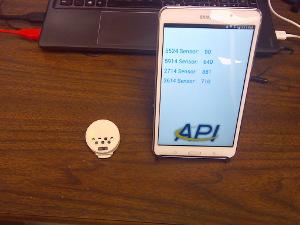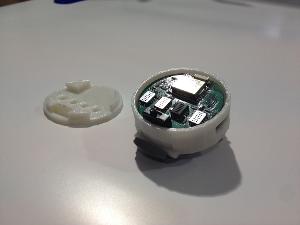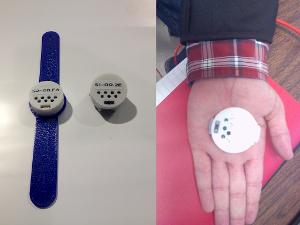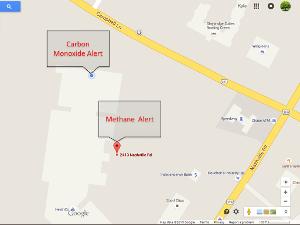Electronic Noses
The ability to detect a substance by smelling it in the air has long been important in our society. Traditionally dogs have been used for this activity. They are good at it. Some breeds have over 220 million olfactory receptors compared to only 5 million for humans. Certain breeds can pick up a scent in air rather than tracking it on the ground and can be trained to search out specific scents associated with drugs, bombs, or other threats.
However sometimes dogs are not available in an emergency or their use isn’t practical. There are laboratory instruments that can make these kinds of assessments, but devices for use in the field are rare. Dr. Vladimir Dobrokhotov, along with students and staff working at the WKU Applied Physics Institute, has developed a new technology for quick and reliable monitoring of environmental characteristics using a system of highly-integrated energy efficient sensors. Their device is a light and compact system that can be easily operated in a fully automatic manner by a first responder. In some cases it may be worn by the first responder instead of carried. Novel microfabrication techniques were used to miniaturize the electronic nose, increase the number of sensing elements, reduce the power consumption and expand the range of detectable gases. The sensing system is capable of characterizing chemical states immediately on the spot and can generate an audible and a visual alarm in case of a threat. It records a position and time stamp for each measurement and is capable of wireless communication for data transmission.
This project has the capacity to help to prevent a variety of dangerous incidents and to save lives. It is just one example of the type of work that researchers are working on at the Applied Physics Institute to use physics to help solve real world issues.
A community of faculty, staff, and students engaged in better understanding the physical world.














